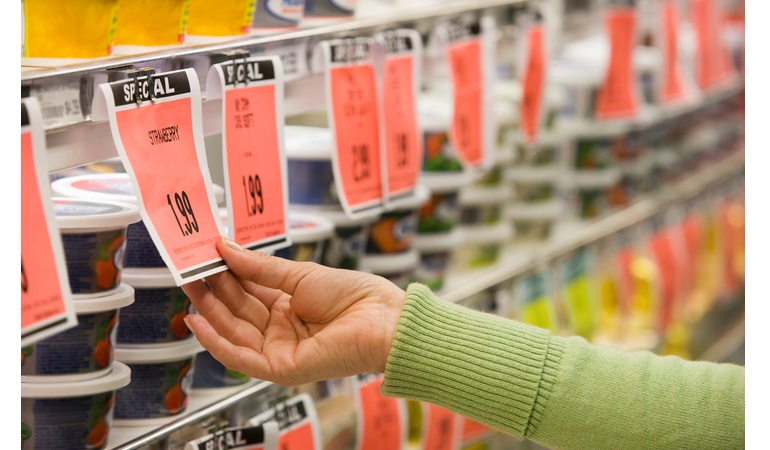New research finds.
Consumer loyalty continues to be a challenge for marketers, new research from Australian marketing services company Salmat has shown.
The Salmat Marketing Report (SMR) revealed that 40% of Australian consumers don’t consider brands while shopping and price is the main factor driving brand loyalty.
The research also found that the second top challenge that marketers identified was creating customer loyalty, just behind reaching new customers. When it comes to the consumers, nearly one in five said they are loyal to only one or two specific brands and two in five consumers ‘buy the products they need without taking much notice of the brand’.
Marketers are trying different tactics to encourage brand loyalty, but Salmat’s research found there is disconnect between what marketers are doing and what consumers find important. According to the research, marketers have indicated they are focusing on creating loyalty through quality customer service (47%), offering trust, respect and promise (45%), and developing quality products (40%). But the research shows that first and foremost, consumers look for good value for money and competitive pricing (85%) before anything else.
Consumers are increasingly price sensitive, which means price is a bigger influencer of purchase decisions than brand loyalty. The Salmat research also showed that when it comes to pricing specifically, 65% of consumers agreed that they like to try new products if they’re on sale, or if they receive a discount or points for purchasing.

Price sensitivity varies across categories. For pharmacy and healthcare, groceries, and banking and finance, consumers are less likely to switch products if the price increases. However, in furniture and homewares, toys, hobbies, outdoors and travel categories, consumers are more likely to switch products if the price increases.
Following competitive pricing, consumers said quality of the products (80%) and customer service (76%) are the most important brand attributes to maintain loyalty. Positive online reviews (61%) and free trials, samples and discounts (48%) were also rated as important factors for maintaining brand loyalty.
Winning customer loyalty is almost impossible to do today, Salmat head of sales and client engagement, Andrew Lane said. Instead, the opportunity for marketers is to focus on ensuring they are getting the best price for their products in front of consumers via the right channel, he said.
“This could be through an integrated approach using print, letterbox and digital, depending on the consumer’s preference. Marketers are under a lot of pressure to increase brand loyalty and the recent research shows that if brands can remain competitive on pricing, and communicate that to consumers through the right cost effective means like catalogues, search and email, they have a higher chance of increasing sales,” Lane said.
The data also revealed that 86% of marketers agree that technological advancements help collect better customer insights and customer analytics, but 68% of marketers found it challenging to use technology to help create lasting one-on-one relationships with customers.
On the other hand, consumers expect marketers to use the information they have on them to offer a more personalised and one-to-one experience. Half of respondents stated that they believe the number one reason brands are collecting their personal information is to deliver relevant offers (51%). However marketers are struggling to deliver on this promise and develop long-term relationships with consumers.
“When it comes to technology, marketers should focus on using the right tools to understand the vast amounts of data they are faced with,” Lane said. “By understanding the data, they will be able to use it in the most effective way to reach consumers on the channel they want to be reached on, at the time of day they are most receptive, and with the products most relevant to them. It is these personalised experiences that will help drive loyalty considerably amongst customers.”

